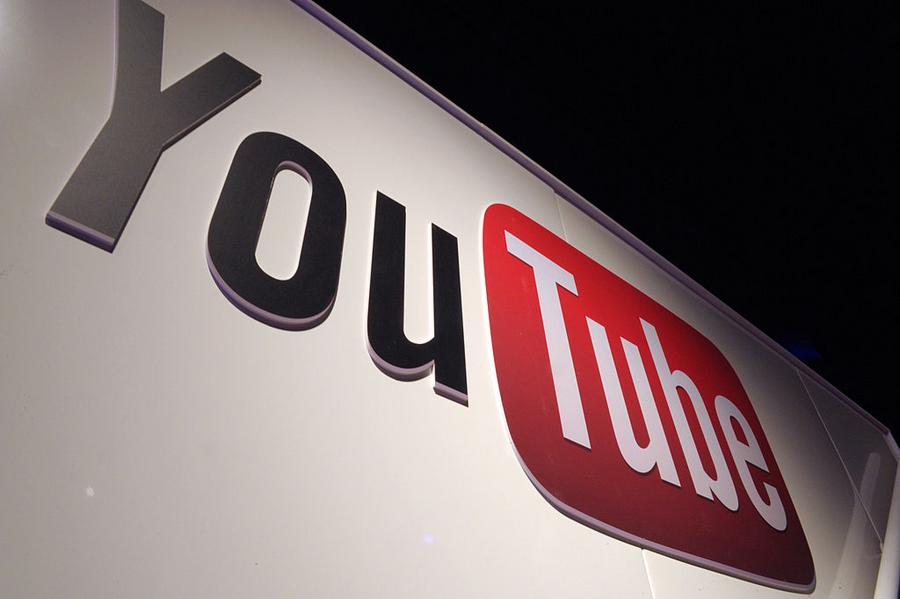YouTube has been taking shots from musicians, record labels, and YouTube content creators for a while now. Musicians and record companies have complained of a lack of earnings from their music on YouTube, while YouTube-based creators have complained about the ambiguity of how much copyrighted content is allowed to be in their videos before a Potential copyright violation. Google's newly released "How Google Fights Piracy" report may appease one side of the argument, while leaving the other side searching for answers.
Google's "How Google Fights Piracy" report is a 61-page document which was released by the company earlier this week, which highlights the ways the company is fighting piracy on YouTube, Google Web Search, and Google Play. According to the document, the company has paid out over $3 billion to the music industry, with $2 billion of those dollars a direct result of YouTube's Content ID system.
The Content ID system is a technology put in place by YouTube to help copyright holders fight against those looking to monetize their material, in accordance with the 1998 Digital Millennium Copyright Act (DMCA). In short, the copyright holder uploads their file to YouTube as a reference file, whether it be an audio or video file, and YouTube then compares that reference file with every file uploaded by a YouTube user thereafter. The copyright holder has the ability to either block, leave up, or make money off of any video that has a match with their copyrighted material.

(ERIC PIERMONT/AFP/Getty Images)
The issue that arises is when YouTube-based creators, especially those who make a living off of money made from YouTube, feel as if the Content ID system cripples their ability to make money as a result of the strike system. When the copyright owner formally makes a request for a video to be taken off of YouTube because the creator doesn't have the right to use their copyrighted content, the content creator's video is taken down, and that person's account is given a strike. Once someone's account has a strike, some of that person's privileges on YouTube are taken down. Once a person receives three copyright strikes, that person's account is terminated, all of that person's videos are deleted, and YouTube restricts that person from making new accounts.
This system works well in theory for those who blatantly steal content from copyright holders looking to monetize off of content that isn't theirs. But there is a grey area for those who are not looking to rip content off of copyright holders, but need to use snippets of copyrighted material in order to create their content, such as those who produce movie reviews on YouTube. In the past, when YouTube issued a takedown notice for a video, it completely eliminated ad revenue for content creators, which crippled their ability to make money. Earlier this year, though, YouTube updated the rules to put ad revenue in a third party holding account during disputes.
Google's report stated that Content ID claims make up 98 percent of copyright claims, with just two percent of those claims being submitted manually. In addition, the report states that 95 percent of the copyright claims from the music industry don't result in a takedown, but left up and monetized instead. The report states that half of the music industry's revenue comes from user-generated uploads, such as movie reviews, remixes, and covers.
There obviously has been some progress made in this new age of media, but there clearly is a long way to go until all parties involved are satisfied.
/2015/10/youtube.jpg)
/2016/05/GettyImages-138864306.jpg)
/2018/02/GettyImages-911556442.jpg)
/2025/01/brad.png)
/2025/03/GettyImages-2199788325.jpg)
/2017/09/GettyImages-484684095-1.jpg)
/2018/03/GettyImages-821622848.jpg)
/2009/09/Brad-Pitt.jpg)
/2019/11/GettyImages-1094653148.jpg)
/2009/11/George-Clooney.jpg)
/2020/02/Angelina-Jolie.png)
/2019/04/rr.jpg)
/2020/04/Megan-Fox.jpg)
/2009/09/Cristiano-Ronaldo.jpg)
:strip_exif()/2015/09/GettyImages-476575299.jpg)
:strip_exif()/2009/09/P-Diddy.jpg)
/2017/02/GettyImages-528215436.jpg)
/2020/06/taylor.png)
/2009/09/Jennifer-Aniston.jpg)
/2019/10/denzel-washington-1.jpg)
/2020/01/lopez3.jpg)